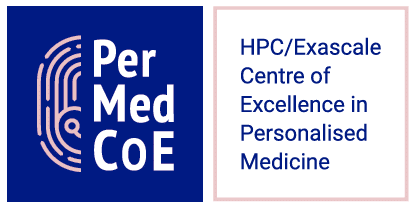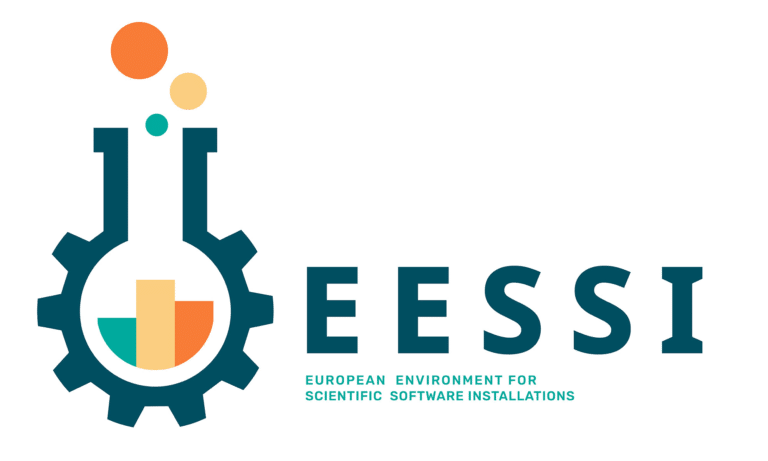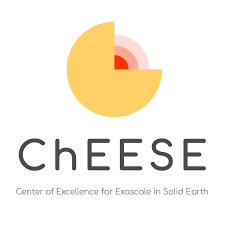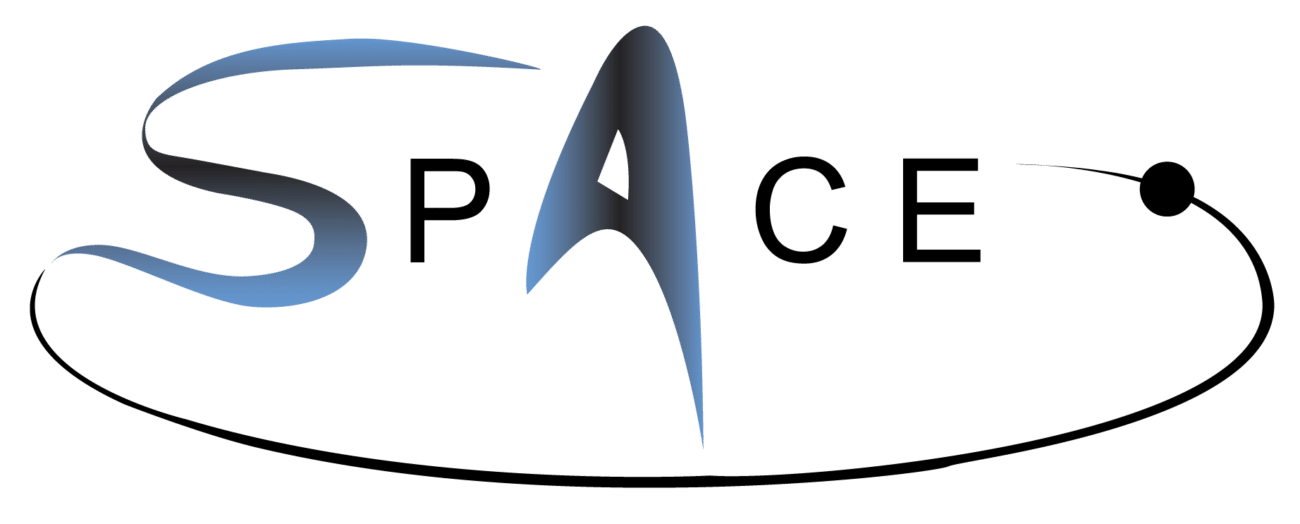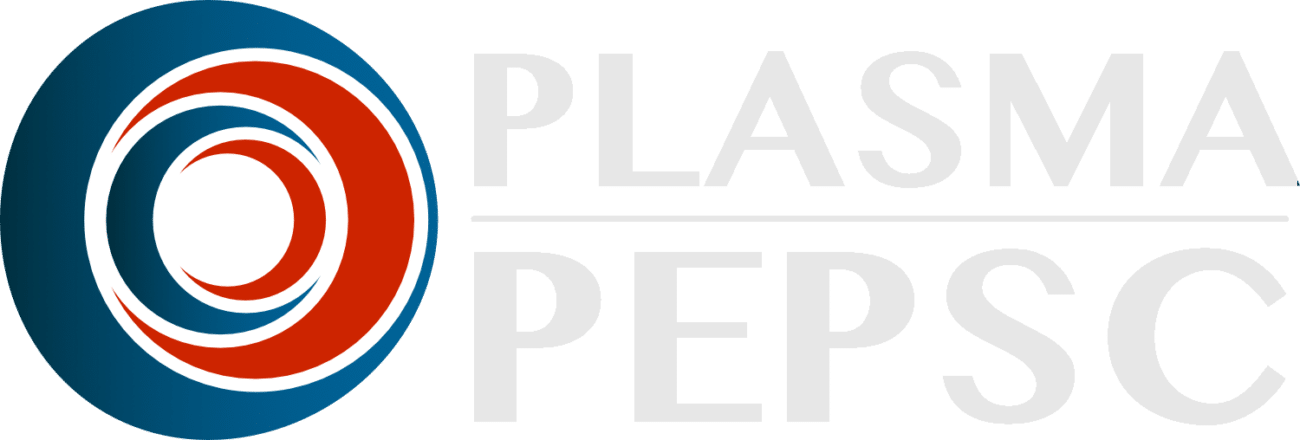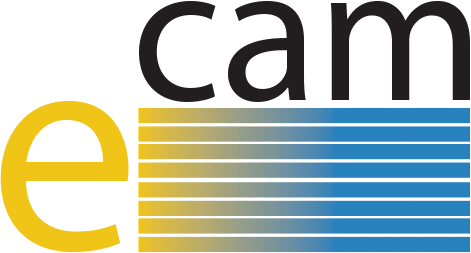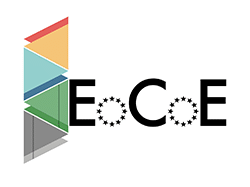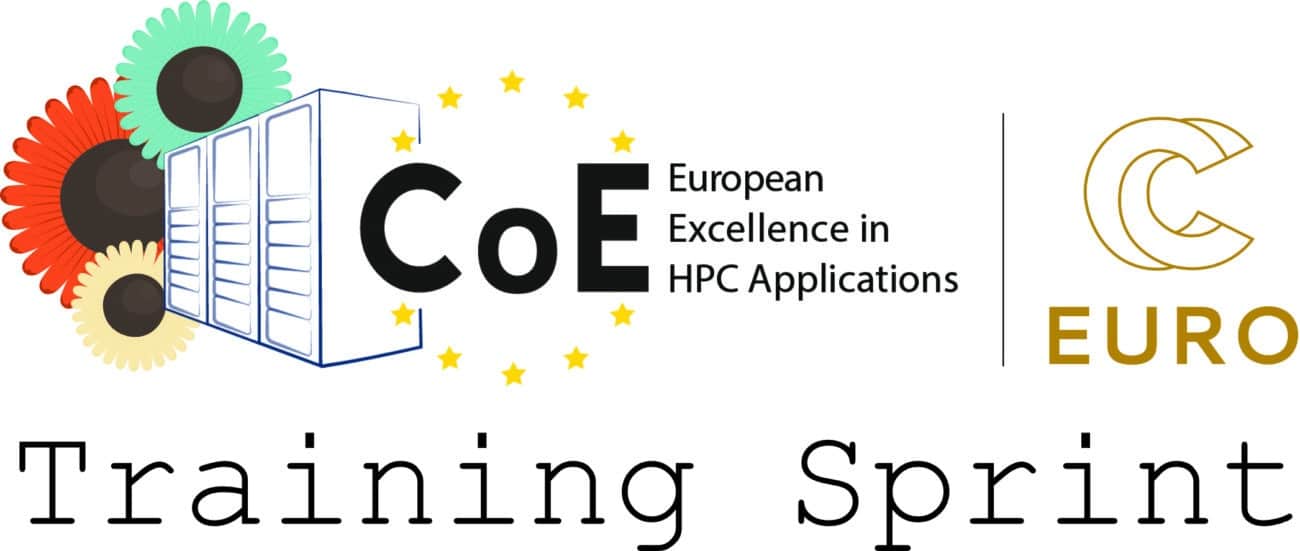
The EuroCC & CASTIEL2 “Training Sprint” initiative is designed to quickly disseminate the expertise and abilities of CoEs. These training events target individuals from academia and industry who stand to gain from high-performance computing.
November 17 – 21, 2025
MaX: SIESTA School
This course organized by MaX CoE, in collaboration with: BSC, Catalan Institute of Nanoscience and Nanotechnology (ICN2), the CECAM-IT-SIMUL node.
SIESTA is a multipurpose density-functional code able to perform efficient electronic structure calculations and ab initio molecular dynamics simulations of molecules and solids in fields that range from Geoscience, Biology, Nanoscience, Chemistry or Condensed Matter. It has become very popular worldwide, being used by thousands of researchers in both academia and industry. A very important feature is that its accuracy and cost can be tuned in a wide range, from quick exploratory calculations to highly accurate simulations matching the quality of other approaches, such as plane-wave methods, at a reduced computational cost. However, this flexibility can also represent a challenge for new users of the code, that need to get acquainted with a good number of specific nuts and bolts. The school is aimed at students and researchers from different disciplines in materials science who use, or plan to use, the SIESTA package. The students will learn its essential theoretical foundations, and to how to use the SIESTA code effectively (parallelization and new, more efficient, solvers). Pre- and post-processing tools will also be presented. More advanced features, such as the computation of quantum transport using the non-equilibrium Green’s function approach, will be introduced towards the end of the week.
June 9 – 13, 2025
MaX: School on Machine Learning for Molecules and Materials Research
This course organized by MaX CoE, in collaboration with: VINCA Institute, University of Belgrade, University of Modena and Reggio Emilia, Rudjer Boskovic Institute, SISSA and TU Delft
Machine learning and data-driven methods, combined with atomistic and molecular modeling, are transforming computational predictions with greater accuracy and informativeness. This shift is evident in the growing adoption of these methods across industries such as pharma, energy, and aerospace, as well as in the rise of start-ups leveraging AI for materials discovery.
To support researchers in integrating machine learning into their work, this school will introduce key methodologies through lectures and hands-on tutorials. Topics include machine learning-driven high-throughput searches, Bayesian optimization, generative models, large language models, interatomic potentials, excited state dynamics, coarse-grained models, and integrating experimental data.
June 2 – 5, 2025
MaX: Advanced SIESTA Workshop
This course organized by MaX CoE, in collaboration with: Catalan Institute of Nanoscience and Nanotechnology (ICN2), Consejo Superior de Investigaciones Científicas (CSIC)
This workshop will cover the key features of the Quantum ESPRESSO code, focusing on developing practical skills in atomistic modeling using density functional theory methods. Participants will gain hands-on experience in applying these methods, with a focus on practical applications. The aim is to equip participants with the skills needed to use Quantum ESPRESSO on modern HPC systems effectively in their research. SRCE will provide all participants with a computer for use during the workshop.
The unique advantages of the SIESTA method allow for the exploration of boundaries that are hard to be achieved by other DFT approaches. In this Workshop, we will showcase and discuss state-of-the-art research that relies on SIESTA and its interfaces with other computational tools.
Examples of these include the calculation of advanced magnetic properties (relying on TB2J), thermal conductivity (via TDEP), electrochemical processes (via SIESTA’s own QM/MM interface), potential energy surface explorations (with SIESTA/LUA) and electron-phonon coupling phenomena (with the elph interface). The usage of SIESTA in exascale and pre-exascale systems will be discussed, covering different technologies available for the calculation of electronic properties with tens of thousands of atoms. We will also include a discussion on how machine learning technologies intertwine with SIESTA, be it as a means to accelerate and improve calculations, or to use SIESTA as a provider for training data in other neural network approaches.
In this 3-day workshop, experts on the different topics will showcase current advances on their respective areas while also providing guidelines and opening the discussion for new approaches and ideas. A few selected sessions will also include short hands-on sections to further exemplify their capabilities.
April 9 – 10, 2025
Exploring Biomolecular Modeling and Simulations
This course organized by BioExcel CoE, in collaboration with: NCC Turkey, ENCCS
This course provides an in-depth exploration of bioinformatics and computational approaches to predict and model biomolecular interactions at the atomic level. Participants will gain hands-on experience using the widely used HADDOCK software to model biomolecular complexes, combining molecular simulations, machine learning, and experimental data such as cryo-EM and small-angle scattering.
The course covers key topics, including integrative modeling, molecular dynamics (MD) simulations, and the setup of simulations using GROMACS. Additionally, participants will learn to build FAIR biomolecular simulation workflows with the BioExcel Building Blocks (BioBB) library, understand free energy calculations, and explore their application in drug design through protein-ligand binding predictions.
By the end of the course, participants will have a comprehensive understanding of biomolecular simulations, with practical skills in using the latest tools and methodologies for cutting-edge research in drug discovery and protein interaction modeling.
April 7 – 9, 2025
PIC (BIT1) modelling of the fusion plasma edge
This course organized by Plasma-PEPSC CoE, in collaboration with: NCC Czechia, NCC Slovenia, ENCCS, LECAD, Institute of Plasma Physics of the Czech Academy of Sciences (IPP CAS)
BIT1 is an electrostatic Particle in Cell (PIC) Monte Carlo (MC) code optimized for plasma edge modelling. It is 1D in usual and 3D in velocity space. Code is capable of simulating large scale systems with finest resolution in time and space.
During the meeting, we will introduce the BIT1 code, explain its modeling capabilities, and conduct training sessions for users of different levels. We will also consider examples of other PIC and MC codes and discuss future developments related to exascale and multi-dimensional versions of the code (BIT2, BIT3).
May 19 – 23, 2025
MaX: Excited states in complex materials by MBPT methods
This course organized by MaX CoE, in collaboration with: CINECA, Psi-K, and the CECAM-IT-SIMUL node, University of Modena and Reggio Emilia, Modena (Italy), co-located with the CNR-NANO S3 Centre.
This school is designed for researchers interested in advanced computational methods for studying light-matter interactions, crucial for optoelectronic devices, quantum computing, and energy applications. Participants will receive introductory and advanced lectures on MBPT, covering topics such as the GW approximation, Bethe-Salpeter equation, non-linear optics, and recent algorithmic advances for 2D systems and metals. Hands-on sessions will focus on practical simulations using the YAMBO code within a high-performance computing (HPC) environment, including GPU-accelerated machines. Additionally, participants will learn Python-based post-processing and data analysis with YamboPy.
March 24 – 26, 2025
Containerization, CI/CD, and Benchmarking Solutions for HPC
This course organized by HiDALGO2 CoE, in collaboration with: NCC Czechia
In today’s fast-changing world of HPC and urban energy modeling, staying current is essential for researchers, developers, and policymakers. As part of CoE HiDALGO2, the Urban Building Pilot team is pleased to offer a three-day training session on Containerization, CI/CD, and Benchmarking Solutions for HPC.
During the course, you will learn how to create containers for HiDALGO2 codes and scientific HPC applications and implement CI/CD workflows using GitHub Actions, GitLab Runners, and JacamarCI. The course also covers setting up benchmarking pipelines with tools such as feelpp.benchmarking and reframe-hpc to evaluate and improve performance.
March 10 – 12, 2025
Data analytics for engineering data using machine learning
This course organized by EXCELLERAT-p2 CoE, in collaboration with: NCC Germany
This three-day online workshop addresses the preparation, analysis and interpretation of numerical simulation data by machine learning methods. Besides the introduction of the most important concepts like clustering, dimensionality reduction, visualization and prediction, this course provides several practical hands-on tutorials using the python libraries numpy, scikit-learn and pytorch as well as the SCAI DataViewer.
January 27, 2025
Extrae and Paraver: Profiling Weather and Climate Applications
This course organized by ESiWACE3 CoE, in collaboration with: NCC Austria
The National Competence Centre for HPC in Austria is organizing this one-day training together with ESiWACE3, the Centre of Excellence in simulation of weather and climate in Europe. With expertise in earth system modelling, software design, and high-performance computing, ESiWACE3 is supporting scientists on the path to exascale computing.
This course is about the BSC performance analysis tools, which are a set of different tools to support developers on the evaluation, tuning, and optimization of their codes. There are two main applications: Extrae, devoted to generate trace-files for a post-mortem analysis without modifying the source code, and Paraver, which is a flexible performance analyzer of the Extrae traces. They support different programming models such as C/C++, Fortran, Python, MPI, and OpenMP, as well as tracing of hardware counters, user functions, etc. In this course we will demonstrate the use of the tools in profiling weather and climate models, as an example, but they can be applied to any field of HPC.
The course consists of a theoretical part and hands-on labs for participants to practice how to analyze an Extrae trace with Paraver. We will use a climate application as a demonstration, focusing on typical problems arising to numerical models and computational fluid dynamic applications.
